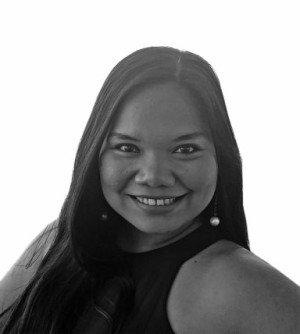Nagasaki — This has got to be the most logistically challenging trip that I have ever had since I started traveling at the tender age of one (but I am pretty sure that my mother will argue that packing a backpack for a toddler is akin to packing an entire house in a shoulder bag; hence, it’s the most difficult task in the history of travel).
Along with six young professionals from the Philippines, we flew from Tokyo to Nagasaki for this goodwill exchange program known as the Japan-East Asia Network of Exchange for Students and Youths or “Jenesys.”
The program brought our collective group to companies which manage and recycle solid waste; a 224-year-old family-owned business that makes sponge cake; and a company formed out of the need to ensure sustainable energy.
Every day in Nagasaki required moving to another hotel, which would be advantageously close to our next destination. Our coordinators, Ms. Noriko Endo and Ms. Natsumi Takamuku, are patient women. And they must be as they managed 19 people from the Philippines and Brunei Darussalam — day in and day out.
We followed a certain schedule with emphasis on being “on time.” This experience has taught me and the rest of the Philippine delegation that the Japanese are not just on time — they are ahead of time.
Wake-up calls were arranged every day although the Filipinos made sure we were awake an hour before the phone rang. Body temperatures were checked before morning breakfast, after which we had to drag our suitcases to a waiting bus that would take us around the prefecture.
It was not a rigid, strict schedule, but when you have coordinators who are soft-spoken and gentle, you wouldn’t dare break the rules.
It was interesting — and dare I say providential — that I was part of this group assigned to learn about Japan from the stories of Nagasaki.
All I knew about Nagasaki before coming here was that on August 9, 1945, a plutonium-core nuclear bomb was dropped as part of the United States’ move to bring Japan’s forces to their knees.
I pictured the Japanese as cruel people with no mercy — and that was heightened by stories of comfort women, who were raped and abused in concentration camps established during the war.
In 2010, I came across the book “Rape of Nanking: The Forgotten Holocaust of World War II” by Iris Chang, which narrated harrowing details of how the Japanese Imperial Army wreaked havoc in Nanjing, China, and how killing sprees was considered as natural as breathing.
In a Chinese spoken language class back in Shanghai, I shared to my classmates about this book and the lone Japanese student in class said he didn’t know that this happened.
Turns out, it was omitted from their history books.
By being part of this program, I was concerned that I may be called a Japanese apologist. When I was living in Shanghai and studying the Chinese language, someone called me a “traitor” for learning the ways of the “enemy.”
But my exposure in Nagasaki taught me that like any story that I’ve written in the past 12 years, there are several versions, several angles and several sides to look into.
Who’s really the enemy? Who are your allies? When do you become a traitor?
At the Nagasaki Peace Park, children lined up in front of the Peace Statue created by sculptor Seibo Kitamura. Our guide said the youngsters were paying respects to the souls of people who died from the explosion.
More heartbreaking and informative details can be found inside the Nagasaki Atomic Bomb Museum.
I left the museum with a heavy heart and red eyes from an hour of crying and sighing.
I learned that the area where the bomb was dropped had several primary schools and hundreds of children died instantly; those poor souls who didn’t even know there was a war and that their lives ended on that day.
Erito Uchiyama, senior assistant to the Secretary General of the Japan International Cooperation Center, the agency responsible for the Jenesys program, told us to share our personal experiences of Japan.
He did not sugarcoat his message. He was honest to say that we should also point out the negative side of his nation and learn from their story.
Saint Augustine of Hippo once wrote, “The world is a book, and those who do not travel read only a page.”
My short experience traveling through Japan — learning the story of Nagasaki at ground zero — taught me that there is much that we can learn from history which lays out the causes, effects and lessons for all of us.
We would be foolish to ignore them.
Disclaimer: The comments uploaded on this site do not necessarily represent or reflect the views of management and owner of Cebudailynews. We reserve the right to exclude comments that we deem to be inconsistent with our editorial standards.

